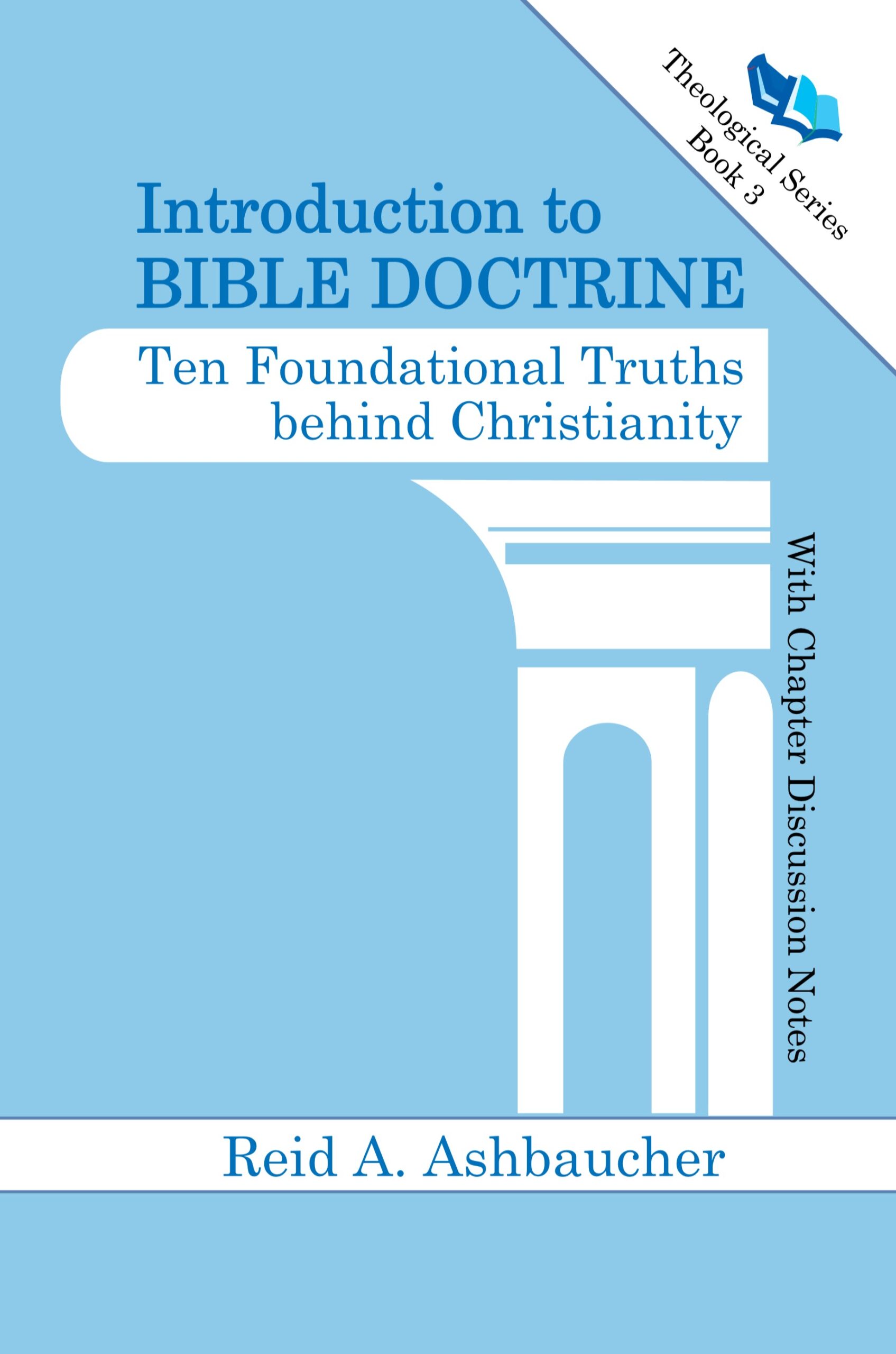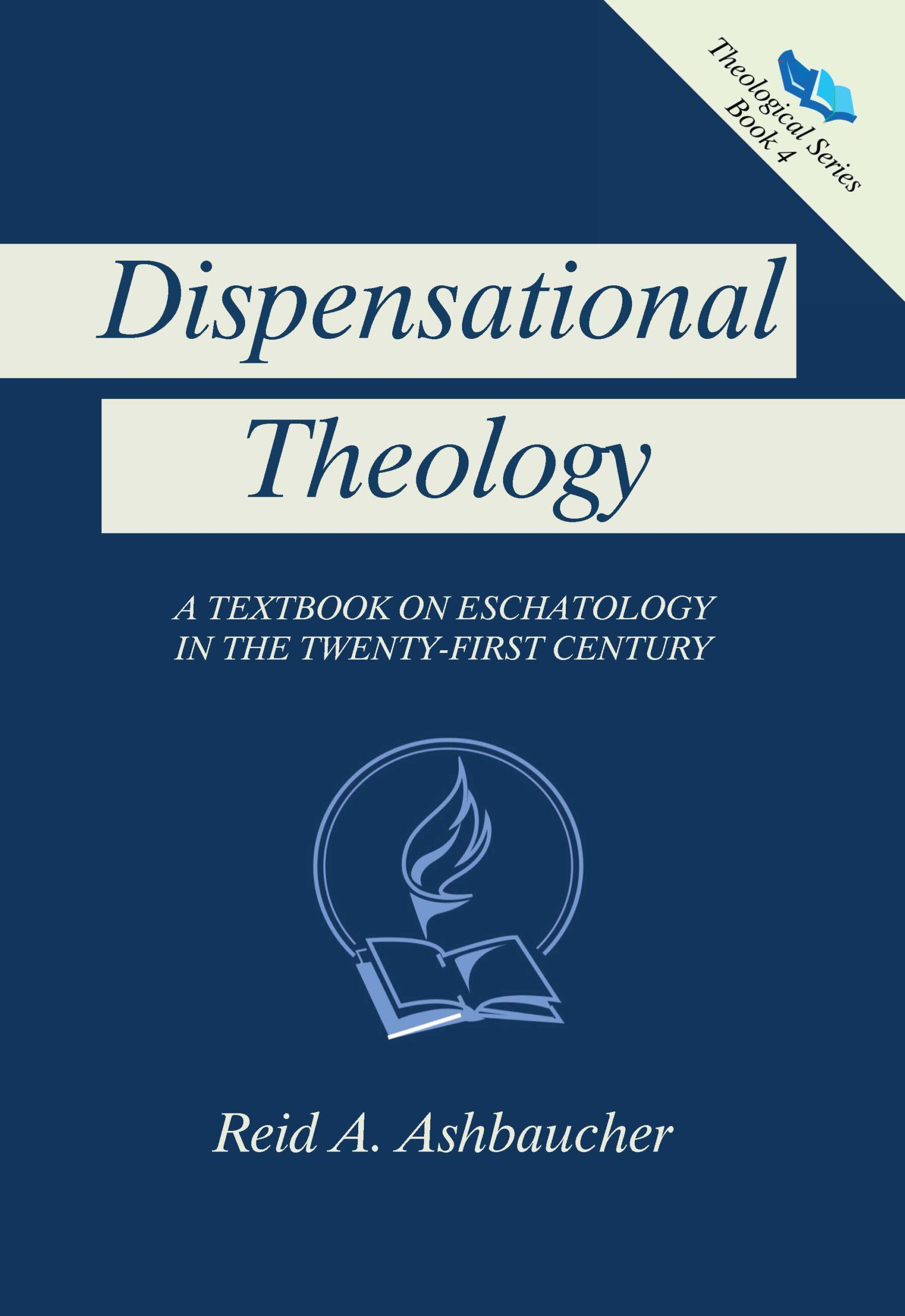Sanctification – Sanctify in the New TestamentThe New Testament is a collection of 27 books, all written in Greek within the first century A.D. Twenty three of these books were written by the Apostles of Jesus Christ, two were written by Dr. Luke a Christian medical doctor who traveled with the Apostle Paul, and two books were written by James ... More appears 8 times. (Romans 6:19, 6:22; 1 Corinthians 1:30But by His doing you are in Christ Jesus, who became to us wisdom from God, and righteousness and sanctification, and redemption, (NASB); 1 Thessalonians 4:3, 4:4, 4:7; 2 Thessalonians 2:13But we should always give thanks to God for you, brethren beloved by the Lord, because God has chosen you from the beginning for salvation through sanctification by the Spirit and faith in the truth. (NASB); Heb. 12:14.) In noun form the Greek word is: hagiasmos (hag-ee-as-mos’) NT: 38 (Strong’s number definition), and carries the idea of being in the state of holiness. See Strong’s number definition. Also compare 1 Thessalonians 4:1-8 in the NASBNASB stands for "New American Standard" version of the Bible. The NASB was produced through the Lockman Foundation in 1960 and its translation is based on the Hebrew text and the Alexandrian Text type of the Greek New Testament, with NT copies dating as early as the second century A.D., KJVKJV stands for "King James Version" of the Bible. The KJV translation was completed in 1611 A.D. by fifty four scholars, as commissioned by King James of England. Its translation is based on the Hebrew text and the Byzantine Text type of the Greek New Testament, with NT copies dating as early as the..., and NIV for usage of this word.
Sanctification is a doctrineBible doctrine is any subject within the Bible that is taught as a principle, law or commandment. Some would hold that the wisdom advice given in the book of Psalms and Proverbs could be classified as doctrine as well, because of the many principle concepts that can be applied to everyday life. based on the holiness of God, and without sanctification there can be no spiritual connection with God. Hebrews 12:14 states: “Pursue peace with all men, and the sanctification without which no one will see the Lord.” (NASBNASB stands for "New American Standard" version of the Bible. The NASB was produced through the Lockman Foundation in 1960 and its translation is based on the Hebrew text and the Alexandrian Text type of the Greek New Testament, with NT copies dating as early as the second century A.D.) The term sanctification could be substituted with the word holiness.
The ScripturesThe Scriptures, as spoken of on this site, represents the 66 books found in the Protestant Bible, with 39 books in the Old Testament and 27 books found in the New Testament. It is our view that these books were written between 1446 BC and 96 AD, representing a time span of about 1,500 years, by the ... also demonstrate a relationship between sanctification and righteousness. Romans 6:19: “I am speaking in human terms because of the weakness of your flesh. For just as you presented your members as slaves to impurity and to lawlessness, resulting in further lawlessness, so now present your members as slaves to righteousness, resulting in sanctification.” (NASBNASB stands for "New American Standard" version of the Bible. The NASB was produced through the Lockman Foundation in 1960 and its translation is based on the Hebrew text and the Alexandrian Text type of the Greek New Testament, with NT copies dating as early as the second century A.D.) This connection to righteousness demonstrates that holiness cannot exist apart from righteousness.
What is righteousness? Righteousness means to be in right standing with God’s standards. In order to be in right standing with God, one must be obedient by faith. Romans 9:30-33: “What shall we say then? That Gentiles, who did not pursue righteousness, attained righteousness, even the righteousness which is by faith; but Israel, pursuing a law of righteousness, did not arrive at that law. Why? Because they did not pursue it by faith, but as though it were by works. They stumbled over the stumbling stone, just as it is written, Behold, I lay in Zion a stone of stumbling and a rock of offense, And he who believes in Him will not be disappointed.” (NASBNASB stands for "New American Standard" version of the Bible. The NASB was produced through the Lockman Foundation in 1960 and its translation is based on the Hebrew text and the Alexandrian Text type of the Greek New Testament, with NT copies dating as early as the second century A.D.)
Where does man’s righteousness and sanctification come from? God! 1 Corinthians 1:30-31. “But by His doing you are in Christ Jesus, who became to us wisdom from God, and righteousness and sanctification, and redemptionThe term is used in theology to explain the results of the death of Jesus Christ. Because of Christ's death and coming back to life again, humanity is offered redemption through faith in Jesus Christ. Redemption is the payment of ransom to God for the sins of humanity against God by Jesus Christ. It..., that, just as it is written, Let him who boasts, boast in the Lord.” (NASBNASB stands for "New American Standard" version of the Bible. The NASB was produced through the Lockman Foundation in 1960 and its translation is based on the Hebrew text and the Alexandrian Text type of the Greek New Testament, with NT copies dating as early as the second century A.D.)
How is sanctification achieved? Second Thessalonians 2:13-15 states. “But we should always give thanks to God for you, brethren beloved by the Lord, because God has chosen you from the beginning for salvationSalvation within the Scriptures (Bible) simply means to save that which was lost. In reference to humanity, the Scriptures teach that because the first humans (Adam and Eve) sinned against God, the human race became lost to God, thus needing to be saved or redeemed by God. Jesus Christ said it this ... More through sanctification by the Spirit and faith in the truth. And it was for this He called you through our gospel, that you may gain the glory of our Lord Jesus ChristJesus Christ is the Son of the creator God, sharing in the same nature as God the Father and God the Holy Spirit. As Jesus says, "I and the Father are one." (John 10:30; NASB).” (NASBNASB stands for "New American Standard" version of the Bible. The NASB was produced through the Lockman Foundation in 1960 and its translation is based on the Hebrew text and the Alexandrian Text type of the Greek New Testament, with NT copies dating as early as the second century A.D.) It is our faith placed in the truth of the gospel, and that gospel is this: that Jesus was virgin born, lived a sinless life, died on the cross of Calvary and was raised on the third day according to the ScripturesThe Scriptures, as spoken of on this site, represents the 66 books found in the Protestant Bible, with 39 books in the Old Testament and 27 books found in the New Testament. It is our view that these books were written between 1446 BC and 96 AD, representing a time span of about 1,500 years, by the .... First Corinthians 15:1-8 states: “Now I make known to you, brethren, the gospel which I preached to you, which also you received, in which also you stand, by which also you are saved, if you hold fast the word which I preached to you, unless you believed in vain. For I delivered to you as of first importance what I also received, that Christ died for our sins according to the ScripturesThe Scriptures, as spoken of on this site, represents the 66 books found in the Protestant Bible, with 39 books in the Old Testament and 27 books found in the New Testament. It is our view that these books were written between 1446 BC and 96 AD, representing a time span of about 1,500 years, by the ..., and that He was buried, and that He was raised on the third day according to the ScripturesThe Scriptures, as spoken of on this site, represents the 66 books found in the Protestant Bible, with 39 books in the Old Testament and 27 books found in the New Testament. It is our view that these books were written between 1446 BC and 96 AD, representing a time span of about 1,500 years, by the ..., and that He appeared to Cephas, then to the twelve. After that He appeared to more than five hundred brethren at one time, most of whom remain until now, but some have fallen asleep; then He appeared to James, then to all the apostles; and last of all, as it were to one untimely born, He appeared to me also.” (NASBNASB stands for "New American Standard" version of the Bible. The NASB was produced through the Lockman Foundation in 1960 and its translation is based on the Hebrew text and the Alexandrian Text type of the Greek New Testament, with NT copies dating as early as the second century A.D.)










